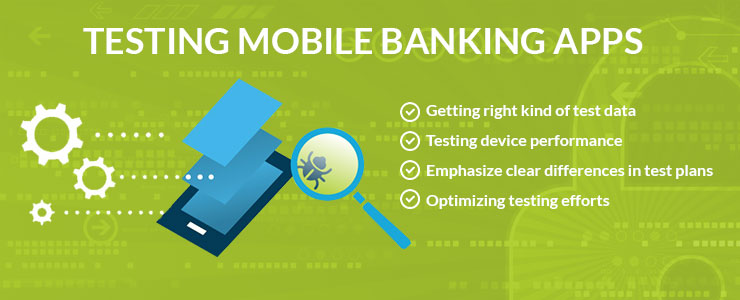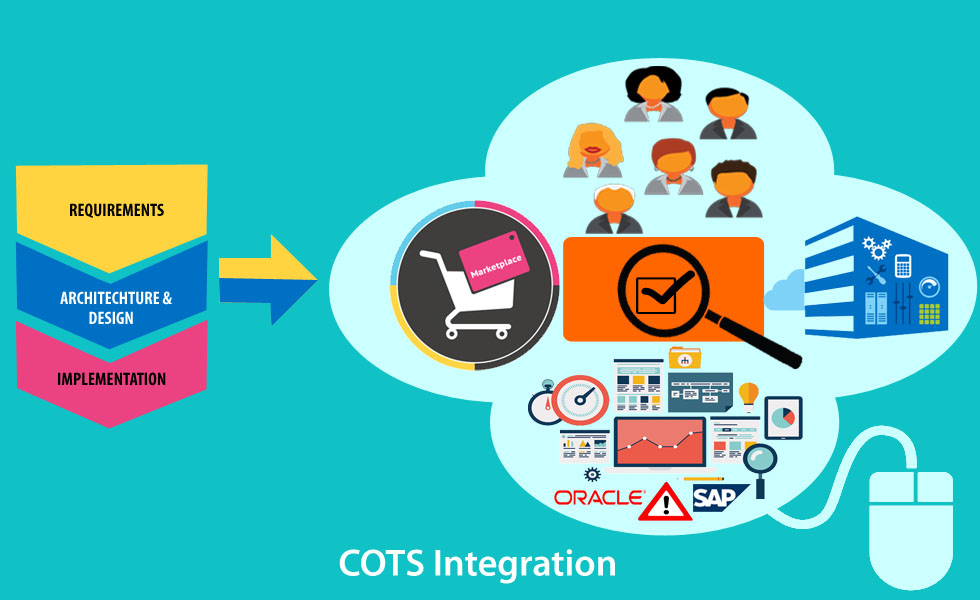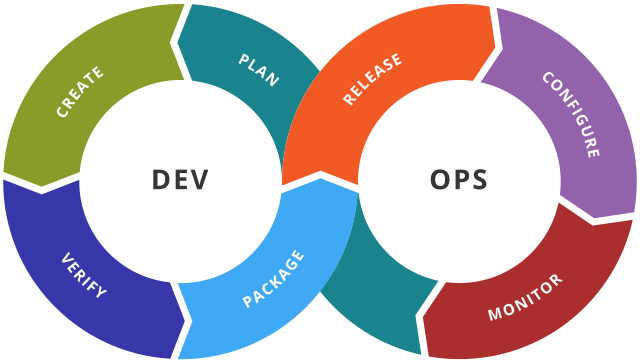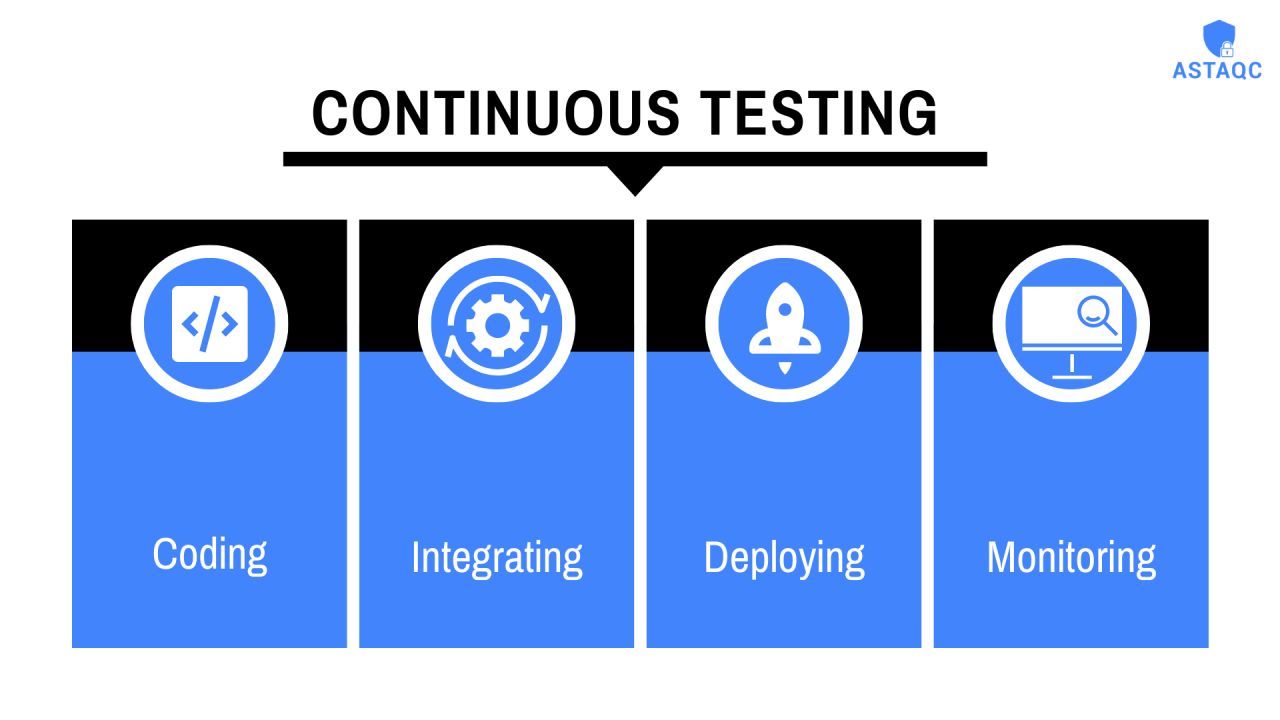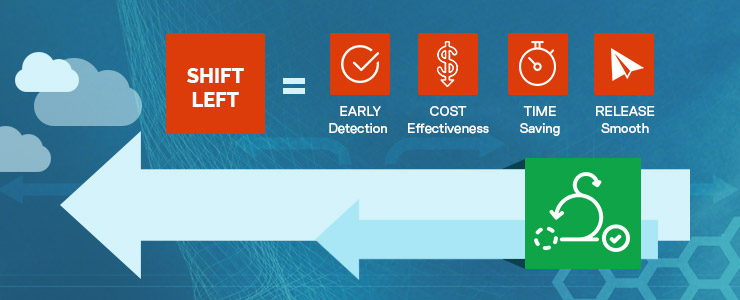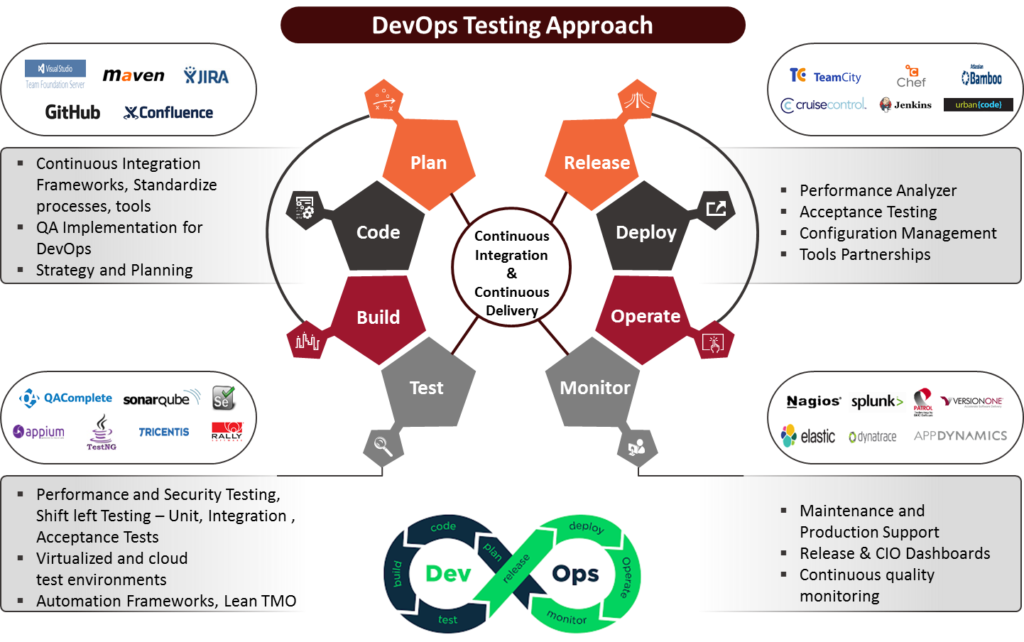As mobile users are growing steadily, mobile devices too are undergoing changes with devices offering various network connection options for users along with using various OS versions and hardware platforms. No wonder mobile app testing has to combat such matrix of combinations fast as heightened competition needs mobile apps to have quicker development/release cycles. With confined testing budgets and such challenges, people often wonder how they can improve their mobile app testing. If you too belong to this league, here are some ways that can help you improve your mobile app testing effectiveness and raise your mobile app quality.
1. Testing on both real and emulated devices:
With device fragmentation being an important aspect in today’s mobile world, chances are high that your app won’t run on a single device or a screen size that’s uniform across different devices. That’s why you need to test your app with as many real-life devices as possible to check how it looks and works on different devices, platforms, screens, network connectivity options and OS versions with emulators and simulators. But you won’t get adequate confidence in your apps with just emulators and simulators. Cloud testing gives you an ideal solution in such cases by offering you real-time access to a wide variety of new, and sometimes even unreleased devices and network operators, along with inbuilt collaboration and test frameworks. You should also use scaling testing to test your apps on remote devices and involve other people in diverse geographical regions in testing along with using device farms for remote testing.
5 Mobile Application Testing Goof upsDownload this checklist
2. Stick to agile development:
A smart approach to mobile app testing involves finding the defects and defect trends early on and support rapid development cycles. So, you should adopt an agile culture to get your testing closer to being fast and more effective. Agile testing methodologies will not only improve your team’s ability to adapt to change, but will also improve stakeholder and customer engagement together with paving way for more useful documentation and creation of deliverables that are of higher quality.
3. Test automation and continuous automated testing:
By creating automated tests, you can run them more frequently as compared to human testers and even run them when no testers are available. With continuous automated testing, you can run tests automatically when an app’s source code has been updated and compiled successfully. With every change in the app, automated tests offer more traceability and visibility in the source code, thus letting developers know of early warning of failures faster. This in turn lets them investigate and fix problems quickly. To use test automation more effectively, you should choose test automation interface carefully (which could be ad hoc, publicly and officially supported, or a custom interface embedded in the mobile app). You can even use test monkeys, which are automated programs that let you test your apps.
4. Assess if your automation is delivering results:
Though automation is crucial for mobile app testing, it’s equally important to assess if you are getting the desired results from test automation. Unless you evaluate tests within a framework continuously, you may end up automating tests (e.g exploratory testing) that could have been done better manually. Measuring the value you get from test automation is also important to take the right decisions. For example, you should easily automate build smoke tests that deliver high value, while compatibility tests that are necessary could be given somewhat low priority due to the value you derive from them.
5. Using virtualized platforms and services:
Virtualizing your testing resources (by leveraging virtualized platforms and services) can cut costs in terms of setup and infrastructure, and even bring down the ongoing expenses involved. You can use virtualized test resources on both server and client sides of your mobile apps. Thus, with less costly infrastructure and hardware, you will be able to scale up or down, as and when required, which would help significantly in stress, load and performance testing.
Download Whitepaper:Security Testing Guidelines for Mobile Apps
6. Consider potential storage issues:
Despite having limited storage, mobile users these days like to install and play HD mobile games, run hi-resolution videos and photos, or use music streaming services with gigantic caches. So, while testing your mobile apps, you have to consider the extent of data your app will download to your users’ devices, and how the users’ monthly mobile data plans may get affected by the amount of such data downloads. Since unavailability of disk space often make mobile apps behave unpredictably, you should try to minimize your app’s storage requirements on mobile devices.
7. Focus on end-user experience to know about problems:
You won’t know the real performance of your app by just reviewing ratings and comments in app stores. Rather, try using modern crash/analytics SDKs that have a small run-time overhead, as they can give you real-time insights into the interaction of your users with your app apart from providing you with detailed crash reports that would help find problems immediately and fix them.
Despite mobile app testing becoming a tough proposition with the introduction of new devices with different features, you can improve your mobile app testing with test automation and use of virtualized and cloud resources together with leveraging new tools and techniques. Join hands with TechArcis and see all this happening in reality to give your app users an unmatched, seamless experience.








